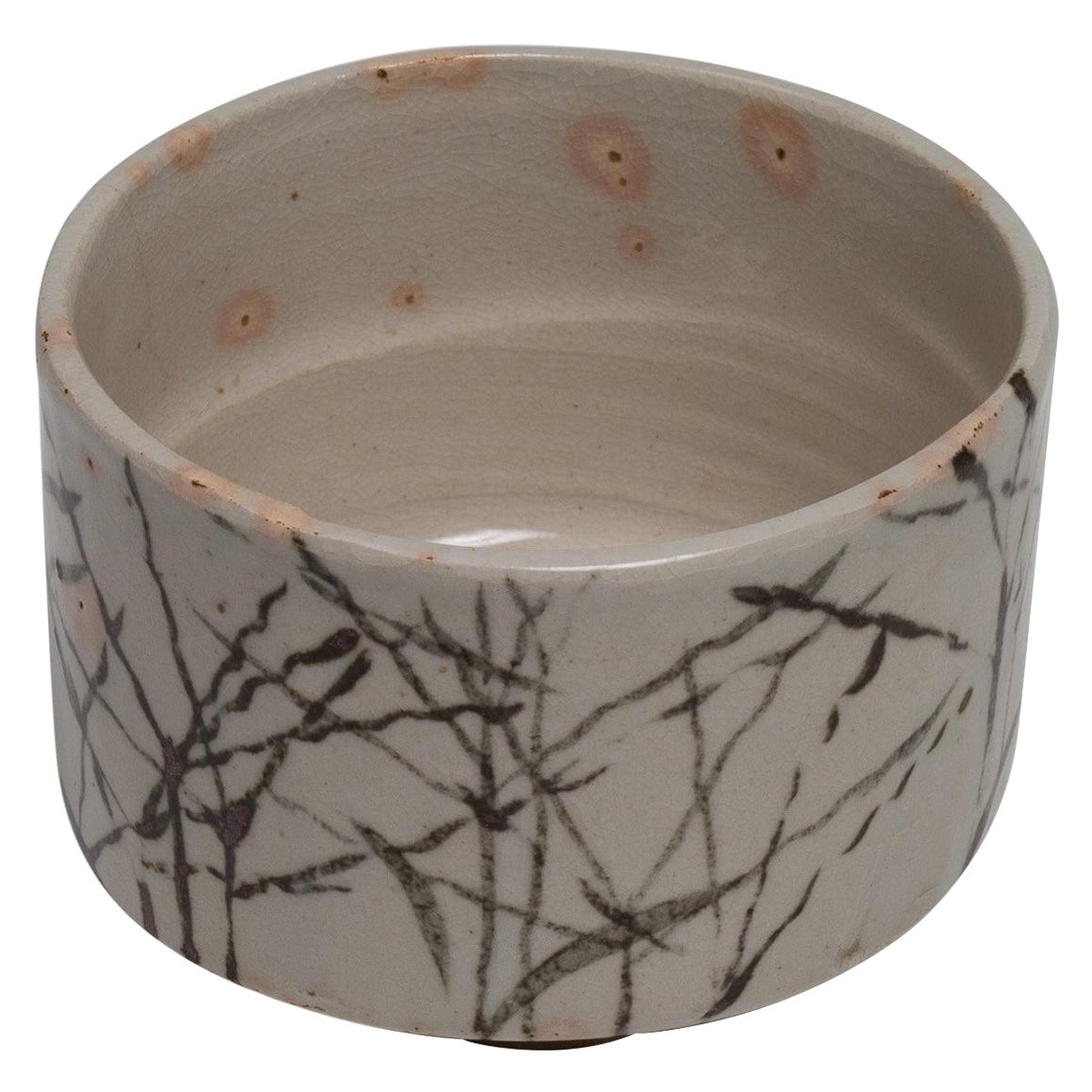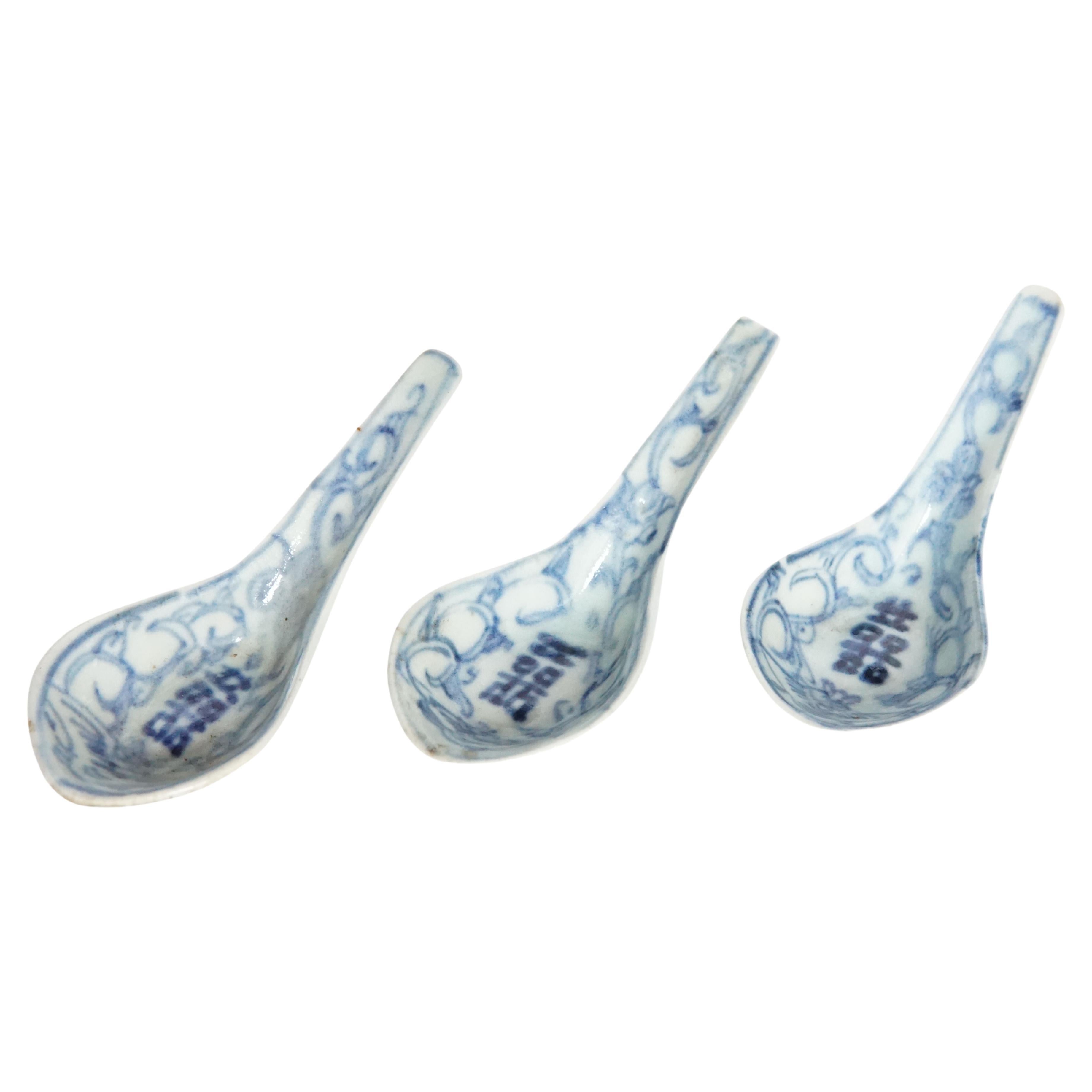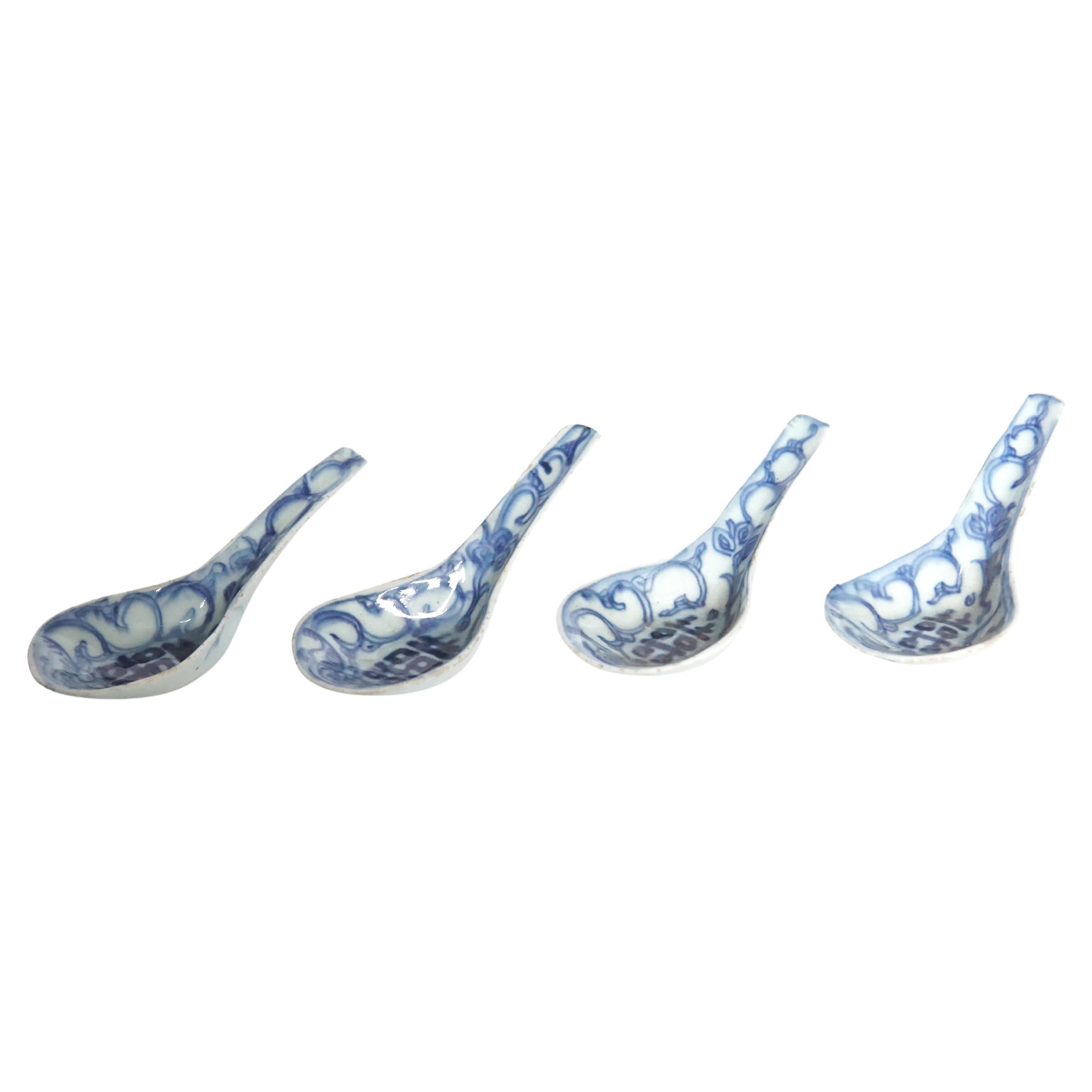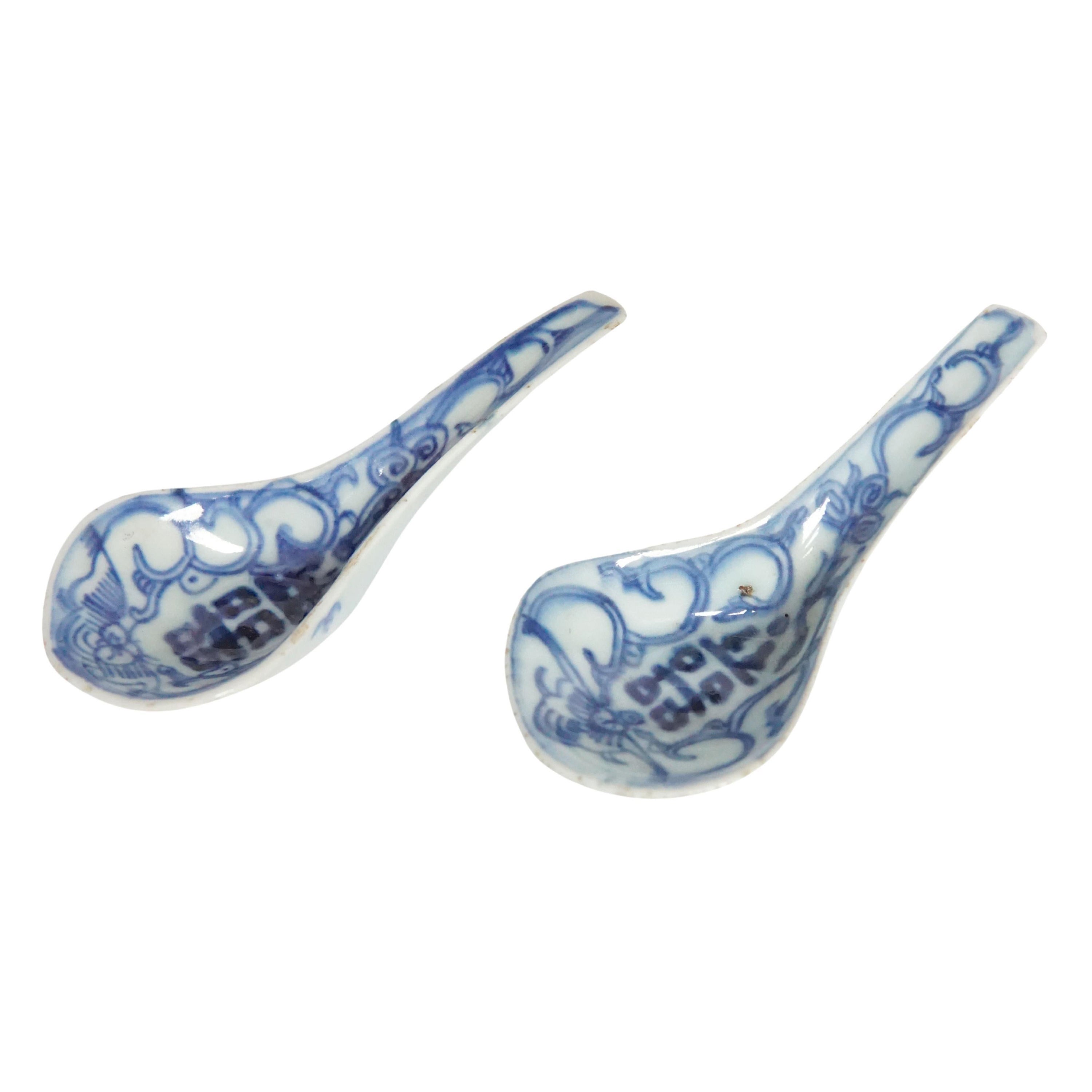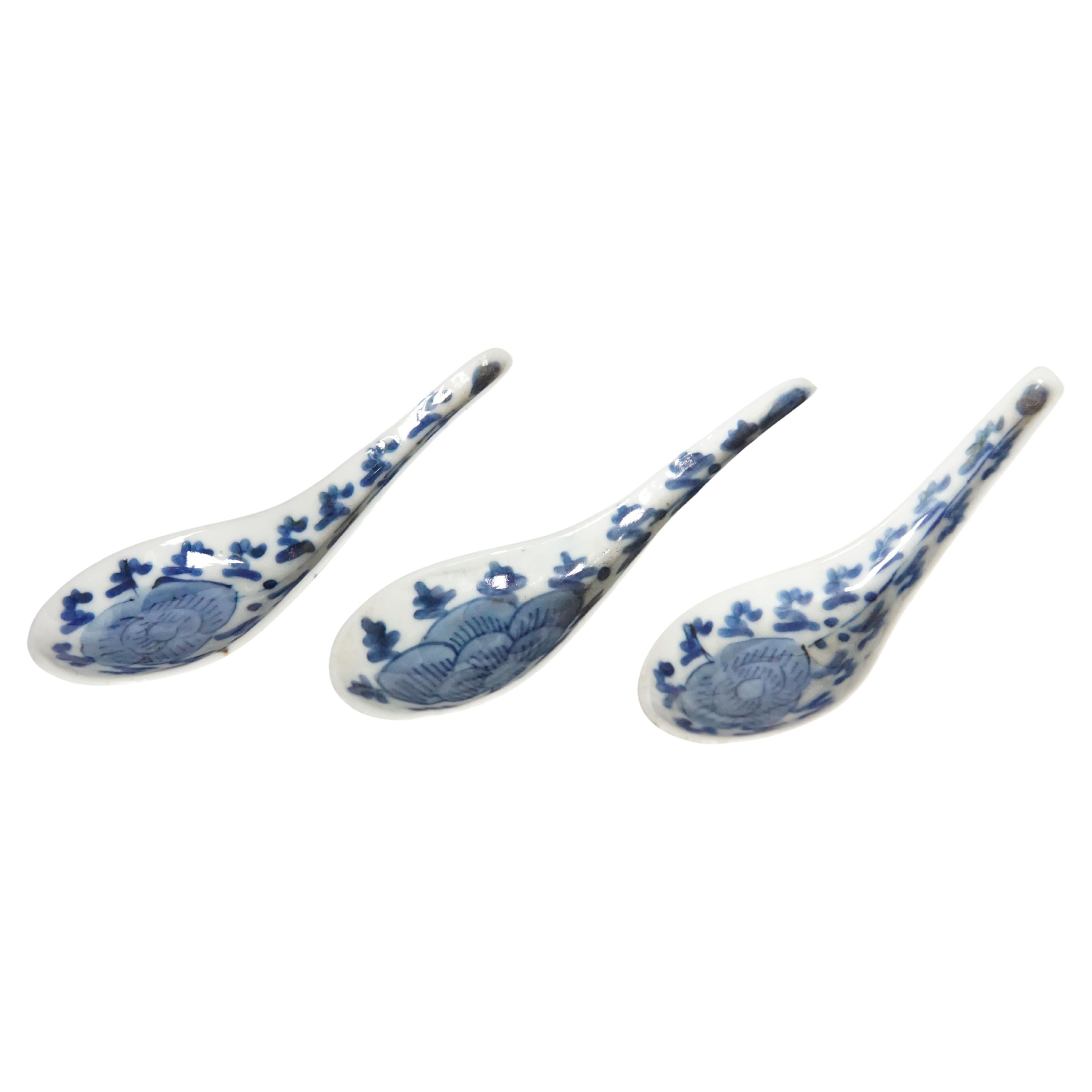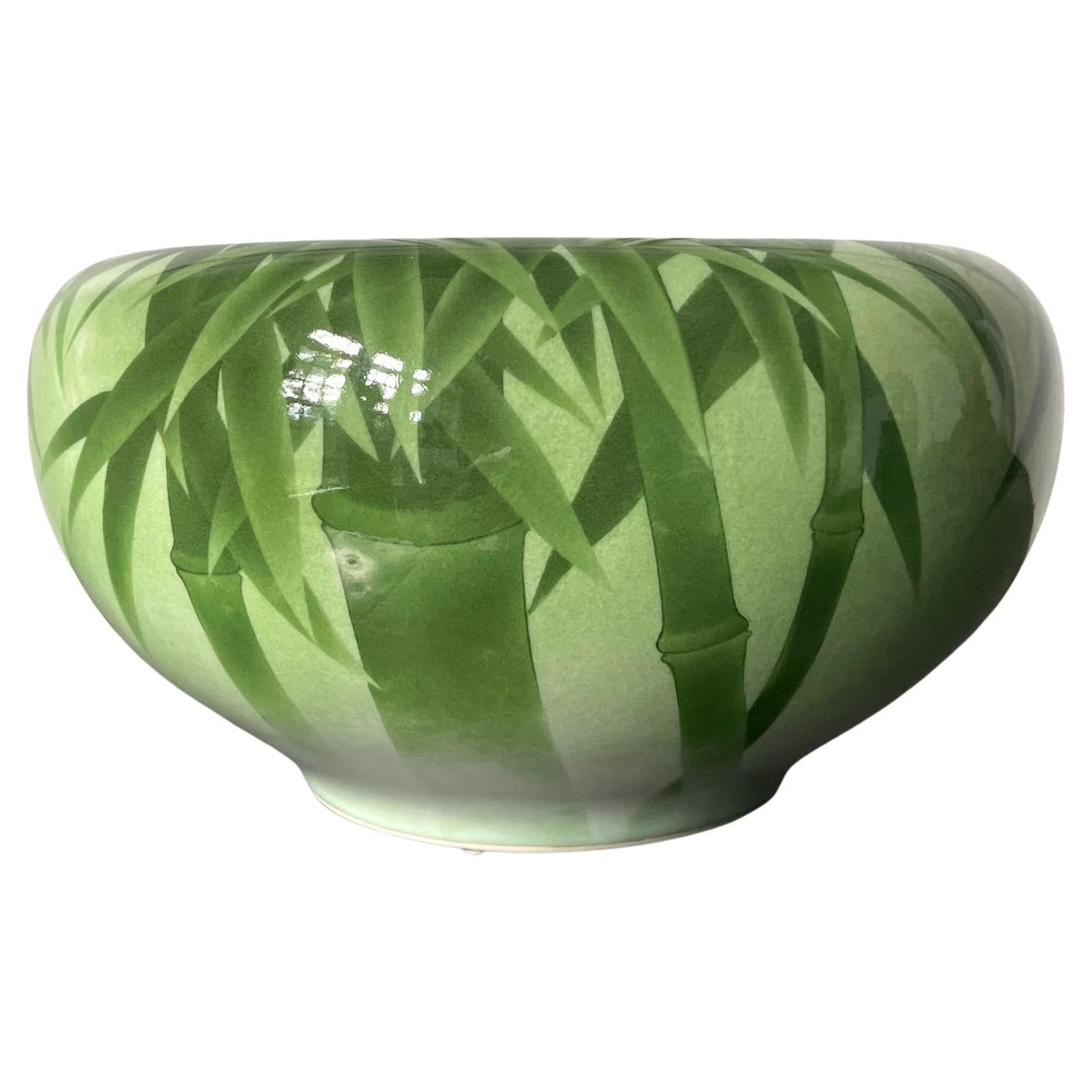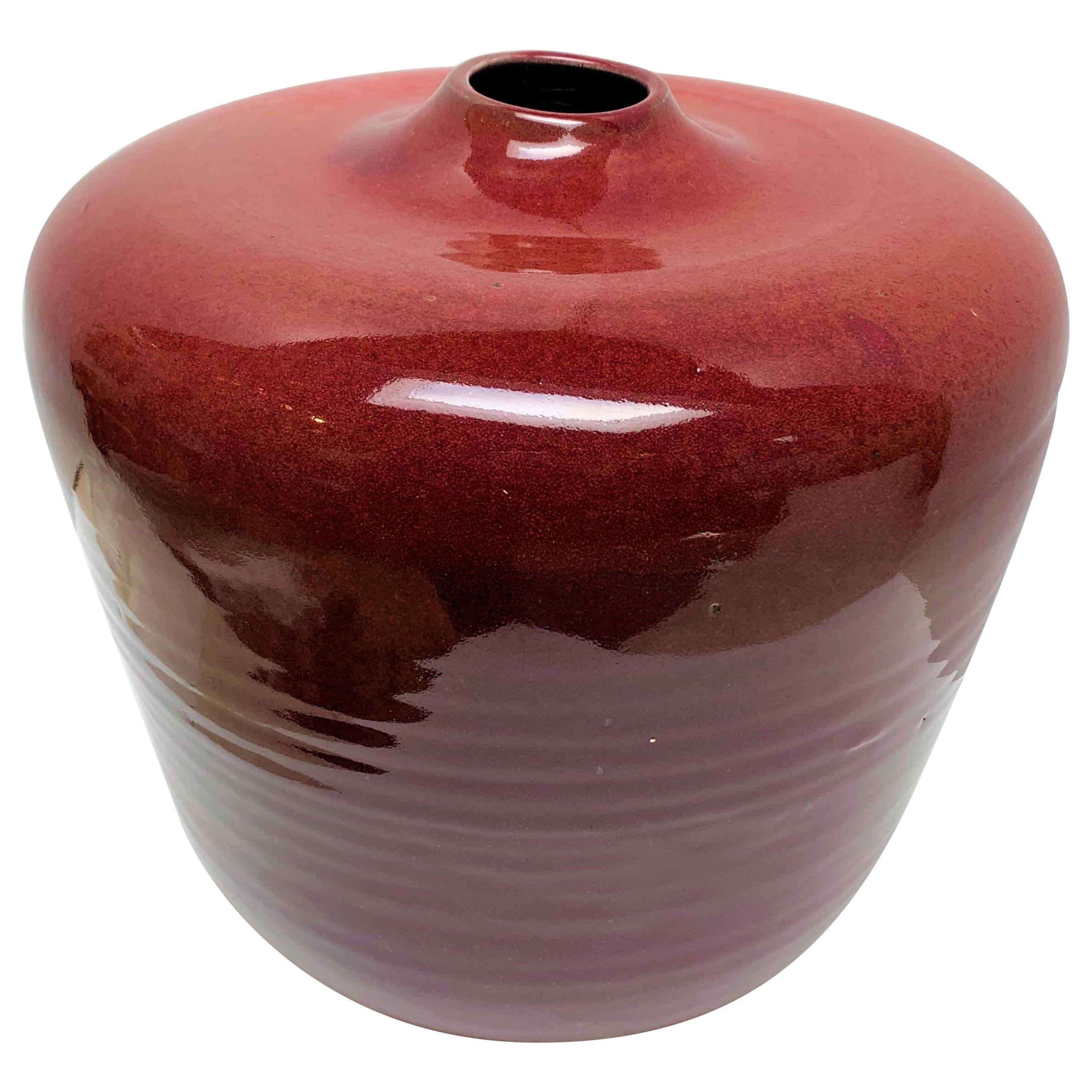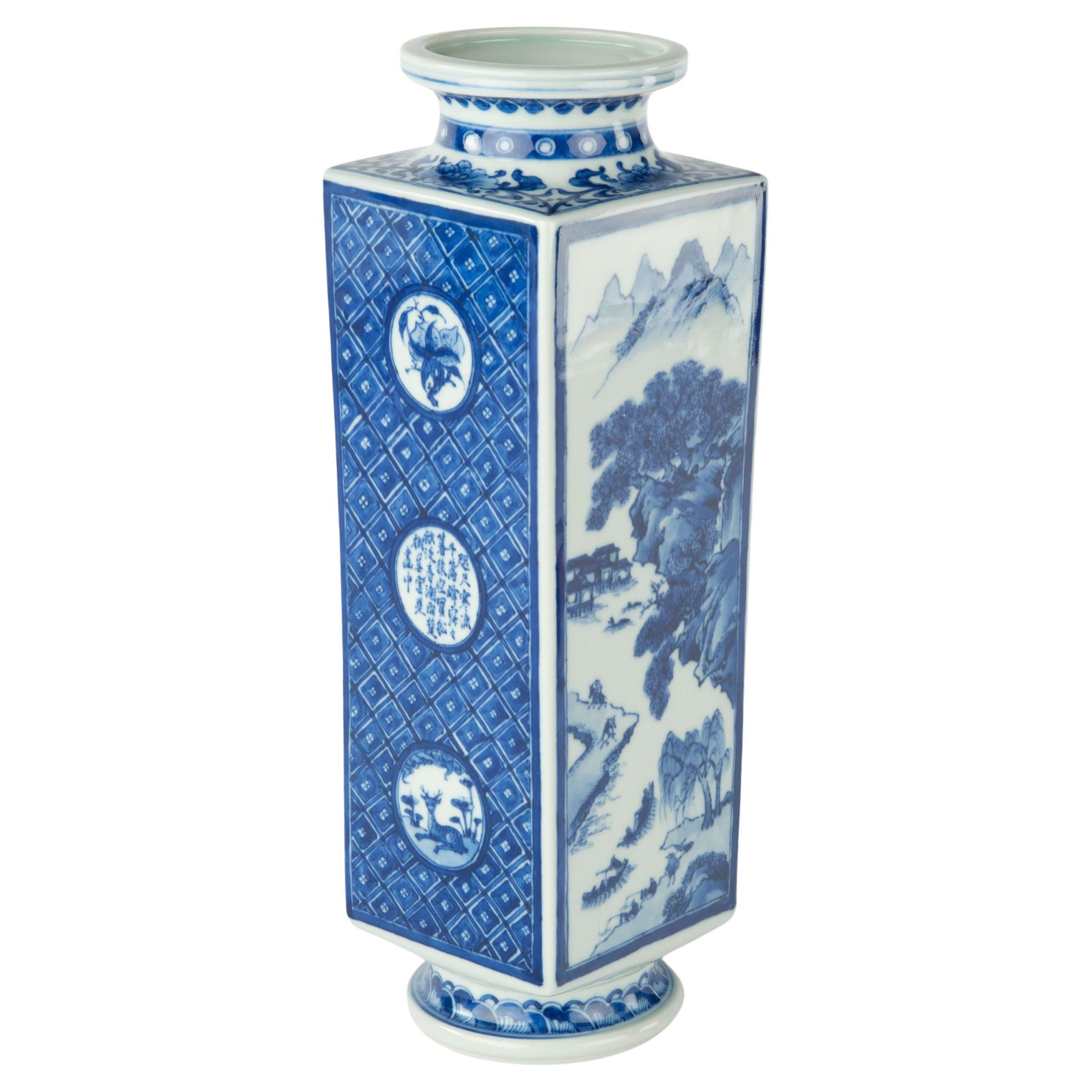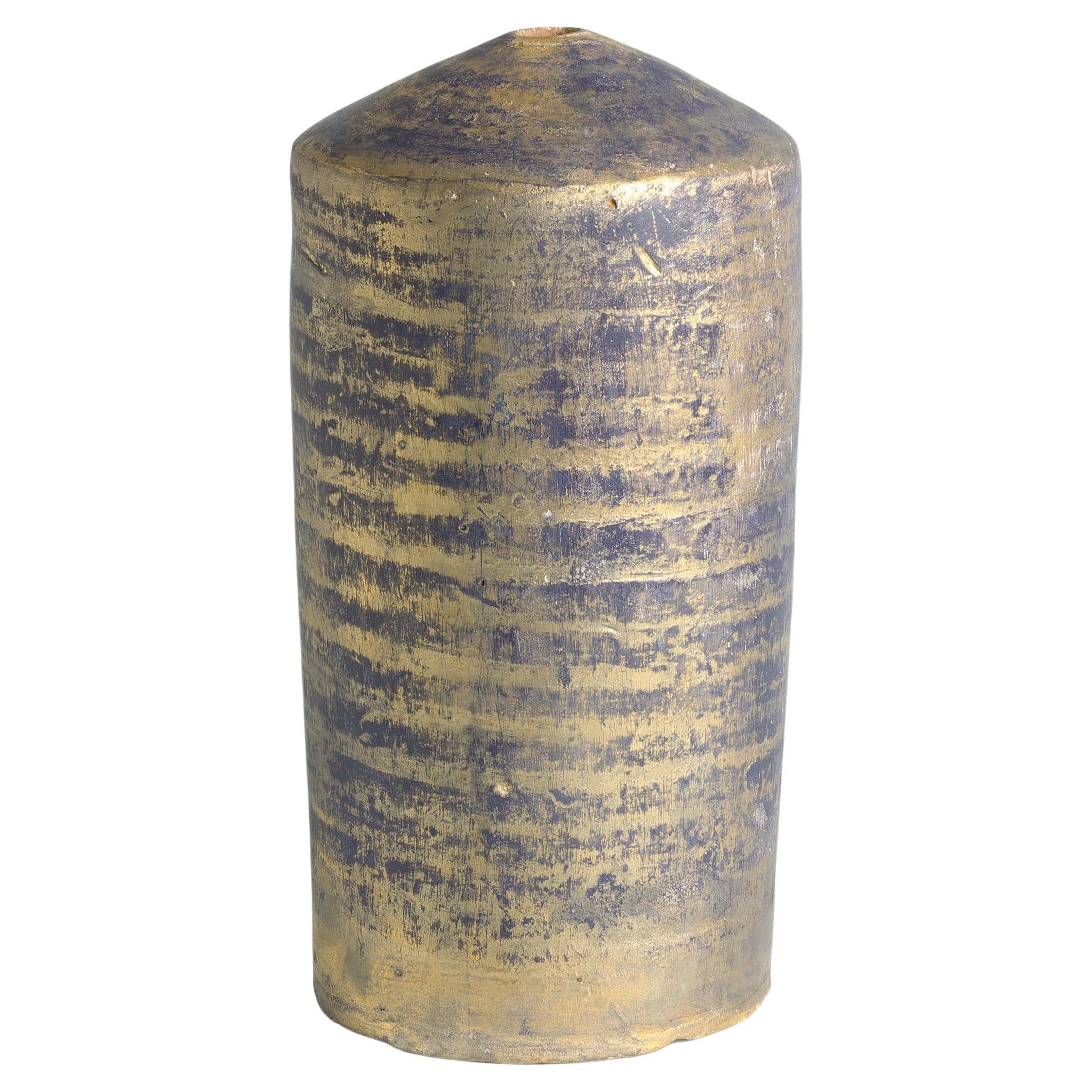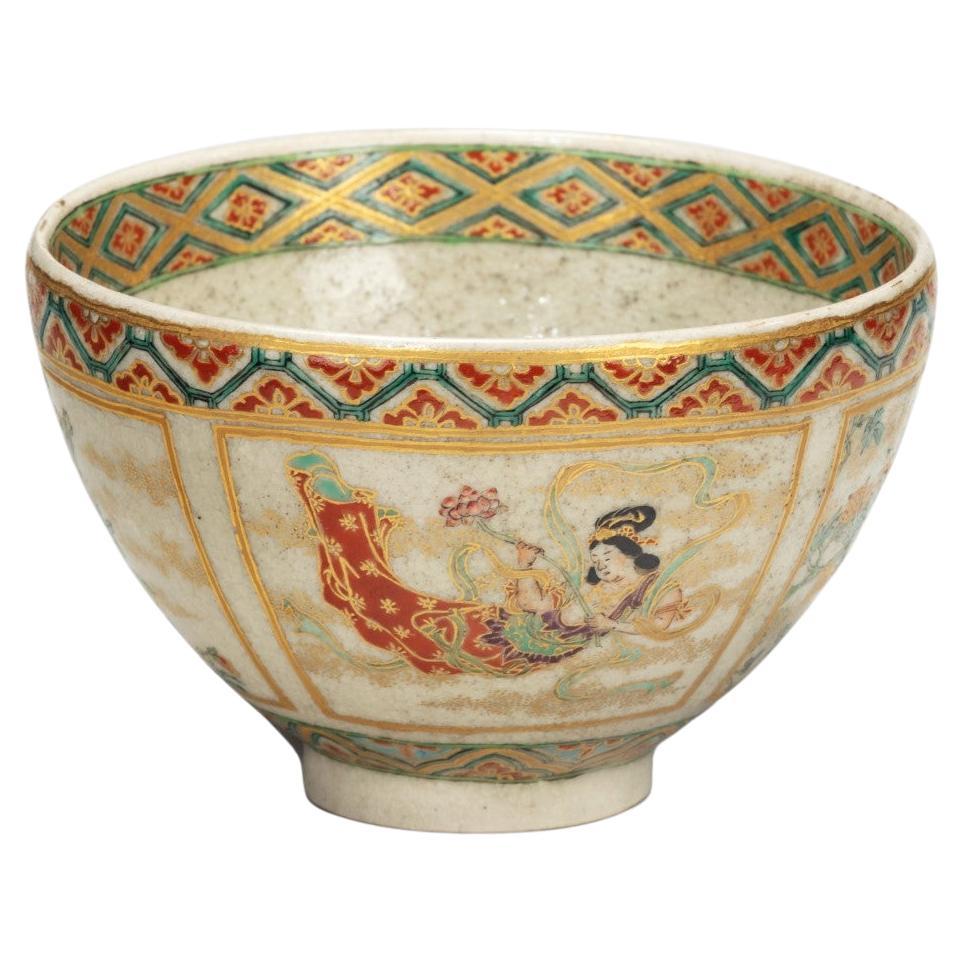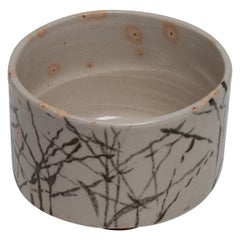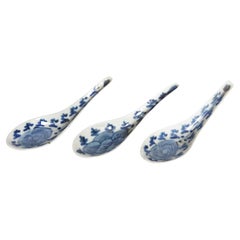
Three-Piece Mallard Ceramic Duck Sugar Bowl and Spoon, Handcrafted by Otagiri
View Similar Items
1 of 7
Three-Piece Mallard Ceramic Duck Sugar Bowl and Spoon, Handcrafted by Otagiri
About the Item
- Dimensions:Height: 3.75 in (9.53 cm)Width: 4.75 in (12.07 cm)Depth: 2.75 in (6.99 cm)
- Sold As:Set of 7
- Materials and Techniques:
- Place of Origin:
- Period:1980-1989
- Date of Manufacture:Unknown
- Condition:Never used, in their original box.
- Seller Location:Petaluma, CA
- Reference Number:1stDibs: LU3535316462261
You May Also Like
- Ceramic Tea Bowl 'Chawan', by Kamisaka SekkaLocated in Milano, ITA ceramic tea bowl decorated with autumn grasses with signed and sealed tomobako. Painter and designer, Kamisaka Sekka (Japan, 1866-1942) has been one ...Category
Antique 19th Century Japanese Ceramics
MaterialsCeramic
- Pair of White & Blue Chinese Ceramic / Porcelain Spoons, Double HappinessLocated in Jimbaran, BaliA wonderfully hand-painted pair of Chinese blue & white ceramic spoons circa 1850. They bear double happiness signs and wonderful, sculptural shape. A gr...Category
Antique 19th Century Chinese Qing Ceramics
MaterialsCeramic
$228 Sale Price20% OffFree Shipping - Set of 3 White & Blue Chinese Ceramic / Porcelain Spoons, Floral DesignLocated in Jimbaran, BaliA set of 3 wonderfully hand-painted Chinese blue & white ceramic spoons circa 1850. They bear a floral pattern design and beautiful, sculptural shape. A ...Category
Antique 19th Century Chinese Qing Ceramics
MaterialsCeramic
- Set of 3 White & Blue Chinese Ceramic / Porcelain Spoons, Double HappinessLocated in Jimbaran, BaliA set of 3 wonderfully hand-painted Chinese blue & white ceramic spoons circa 1850. They bear double happiness signs and wonderful, sculptural shape. A g...Category
Antique 19th Century Chinese Qing Ceramics
MaterialsCeramic
- Set of 4 White & Blue Chinese Ceramic / Porcelain Spoons, Double HappinessLocated in Jimbaran, BaliA wonderfully hand-painted set of 4 Chinese blue & white ceramic spoons circa 1850. They bear double happiness signs and wonderful, sculptural shape. A g...Category
Antique 19th Century Chinese Qing Ceramics
MaterialsCeramic
- Japanese Ceramic Centerpiece Bowl Makuzu Kozan Meiji PeriodBy Makuzu KozanLocated in Atlanta, GAA beautiful ceramic vessel in the form of Bo, the so-called monk's alms bowl from the studio of Japanese Potter Makuzu Kozan, also known as Miyagawa Kozan (1842–1916), one of the most established and collected ceramist from Meiji Period. Born as Miyagawa Toranosuke, Kozan established his pottery studio in Yokohama circa 1870s and later became one of the appointed artists to the Japanese Imperial household. His work was exhibited in many international fairs that the Meiji government participated at the turn of the century and won many grand prizes. Of a relatively large size, this piece was made as a decorative center piece for display. It was brilliantly decorated with underglaze paint of a green-on-green bamboo motif, using the novel technique developed by Kozan called Fuki-e (the blow painting). As a result, the bamboos appear took on a three-dimensional quality as if appearing in a mist. Known as one of the most creative ceramists, circa 1887, Kozan started experimenting with new chemical colors from the West in the format of his porcelain glaze. New colors allowed him to create underglaze design that appeared bright, smooth and glossy. To create design that is realistic and dimensional, more common in the western paintings, he was inspired by the native Japanese ink painting technique developed around 1900 by Yokoyama Taikan...Category
Antique Early 1900s Japanese Japonisme Ceramics
MaterialsCeramic
